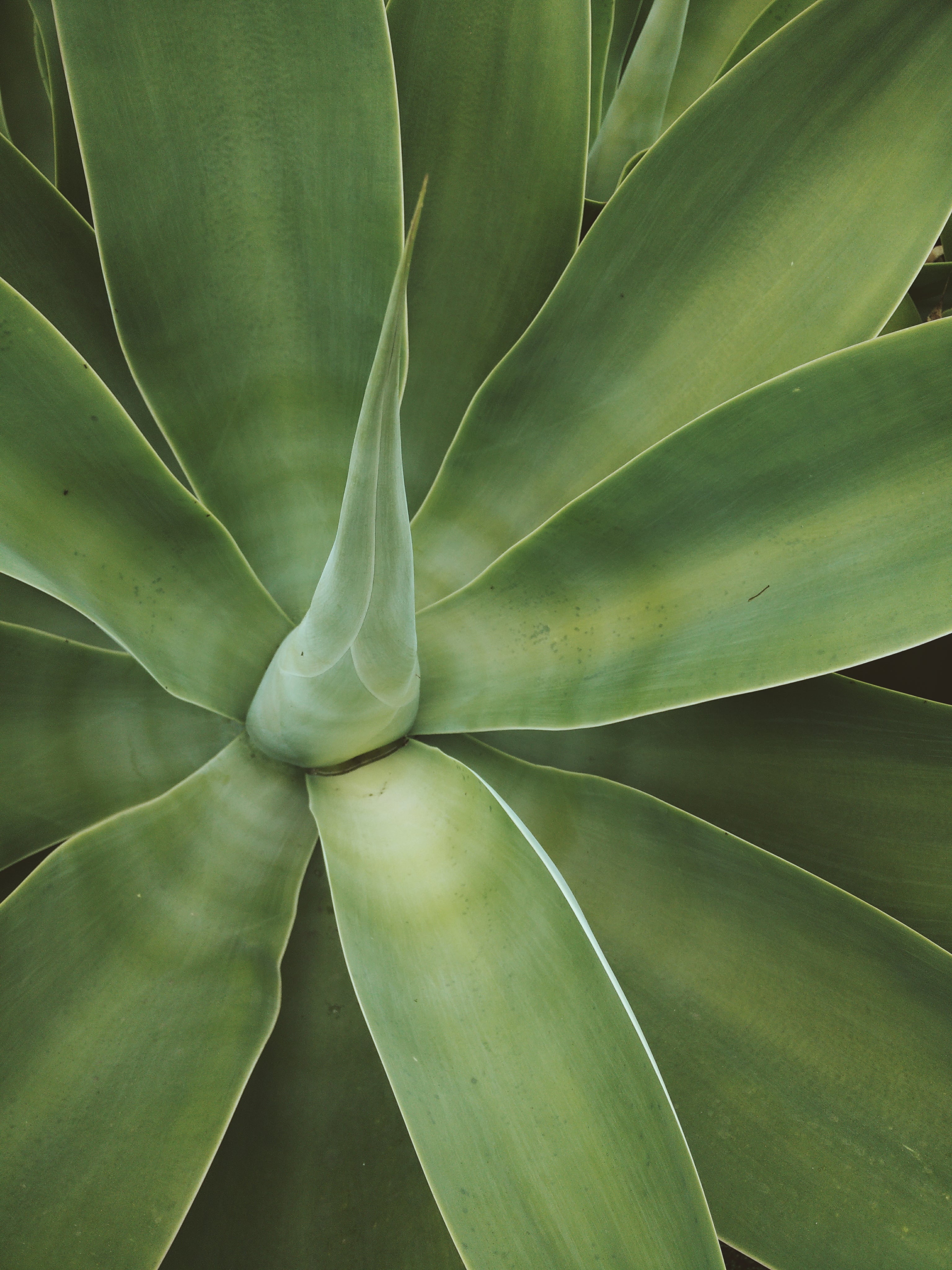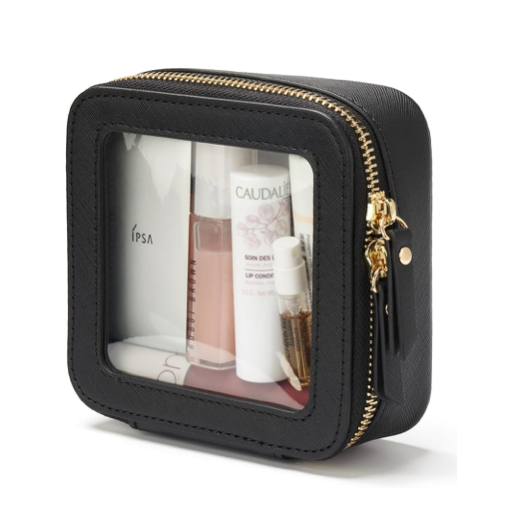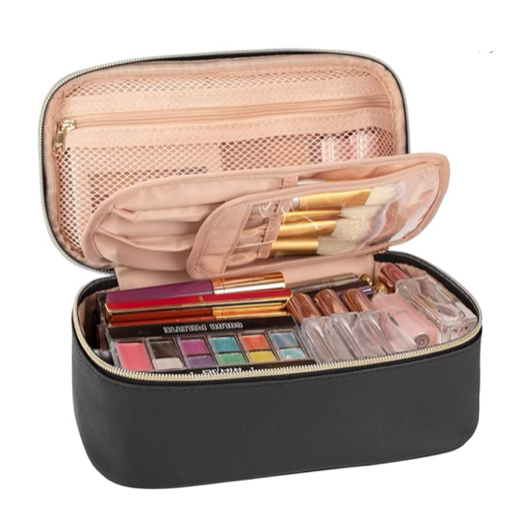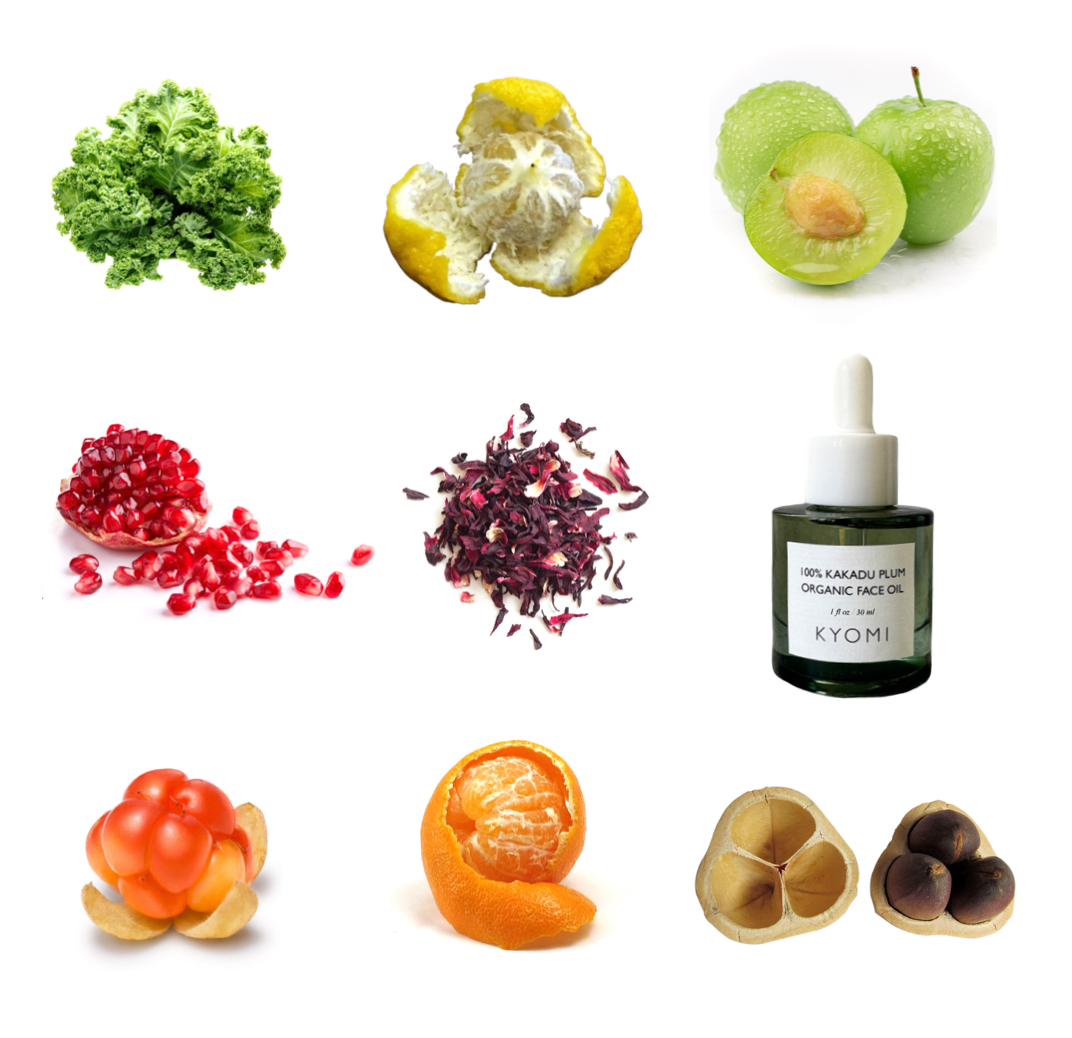Face Exfoliating Is Underrated
Most people think of exfoliation as a special-occasion skincare step — something you do before a big event or maybe once a week on “self-care Sunday.” But here’s the truth: gentle exfoliation is one of the most underrated skincare habits there is. When done right, it can completely change the way your skin looks, feels, and functions — and it might even be something you should be doing more often, not less.
This isn’t about scrubbing your skin raw or using harsh acids every day. It’s about understanding how your skin naturally renews itself, how daily life slows that process down, and how a well-formulated, gentle exfoliator can help your skin do what it was designed to do — only better.
Let’s dive into why exfoliating deserves a permanent spot in your daily routine.
Skin Cell Renewal: Your Skin’s Hidden Cycle
Your skin is always hard at work, even when you can’t see it. The top layer — known as the epidermis — is constantly renewing itself through a process called cell turnover. New skin cells form at the bottom layer (the stratum basale) and slowly push their way to the surface, where they flatten, die, and eventually shed away. This entire cycle typically takes about 28 days in your 20s — but it slows down significantly as you age, stretching to 40–60 days or more by your 40s and 50s [1].
When turnover slows, dead cells don’t fall off as easily. Instead, they pile up, creating a dull, rough, uneven surface that reflects less light and clogs pores. This buildup can also block the absorption of serums and moisturizers, meaning even the best products can’t do their job properly.
The skin wants to renew itself — it’s built for it. But modern life doesn’t make that easy. UV exposure, pollution, dehydration, and aging all slow the natural shedding process. That’s where exfoliation steps in: it gives your skin a gentle nudge to keep the renewal cycle moving.
Your House Dust? Mostly Dead Skin Cells
Here’s a fact that surprises almost everyone: a significant portion of the dust in your home is made up of dead skin cells [2]. Humans shed millions of skin cells every day, and many of them don’t fall away outdoors — they land on your floors, furniture, and bedding.
It sounds gross, but it’s proof that your body is constantly renewing itself. But it also highlights how much dead skin can accumulate not just around you, but on you. If that shedding process is happening so often, doesn’t it make sense to help your skin slough off those cells in a controlled, intentional way rather than letting them pile up?
The Benefits of Gentle, Regular Exfoliation
The skin’s natural renewal process is impressive — but exfoliation supercharges it. Done regularly, it offers benefits you can both see and feel:
1. A Brighter, More Radiant Complexion
Removing dead, dull surface cells lets fresher, younger cells shine through. The result is smoother, more luminous skin that reflects light instead of absorbing it [3].
2. Better Product Absorption
Dead cells act like a wall between your skin and your skincare. By removing that barrier, you allow serums, moisturizers, and actives to penetrate deeper and work more effectively [4].
3. Fewer Clogged Pores and Breakouts
When dead skin mixes with oil and debris, it can clog pores and trigger breakouts. Regular exfoliation keeps that buildup under control, reducing blackheads and congestion [5].
4. Smoother Texture and Softer Skin
Even gentle exfoliation smooths rough patches, softens dry flakes, and evens out texture — especially helpful for mature or dehydrated skin.
5. Enhanced Cell Renewal Over Time
There’s evidence that consistent exfoliation can stimulate skin’s natural regenerative processes, prompting faster turnover and even supporting collagen production over time [6].
See Face Exfoliators →
Daily Exfoliation: Myth or Smart Move?
You’ve probably heard the advice: “Don’t exfoliate too often — it’ll ruin your skin barrier.” And while that’s absolutely true with harsh scrubs or strong acids, the conversation changes when we’re talking about gentle daily exfoliation.
When Daily Exfoliation Isn’t a Good Idea
If you’re using aggressive exfoliants — think high-percentage glycolic acid or gritty physical scrubs — daily use is a recipe for disaster. Over-exfoliating can strip away essential lipids, weaken your barrier, cause redness and inflammation, and even increase sensitivity to the sun [7].
When Daily Exfoliation Can Be Beneficial
But with a well-formulated, mild exfoliant — like a low-strength AHA, lactic acid, or gentle exfoliants like bamboo or jojoba beads formulas, etc — daily exfoliation can actually support your skin. These formulas dissolve dead skin and gently slough it off, keeping the surface fresh without triggering irritation [8].
Dermatologists generally recommend starting with 2–3 times per week and building up if your skin tolerates it. But for many people — especially those with oily, congested, or resilient skin — a gentle daily exfoliant becomes the secret weapon in their routine.
Choosing the Right Type of Exfoliant
There are two main types of exfoliation — and the one you choose matters if you’re aiming for daily use.
1. Chemical Exfoliation
This involves acids or enzymes that dissolve the bonds between dead cells so they can shed naturally.
-
AHAs (alpha hydroxy acids) like lactic or glycolic acid are water-soluble and great for surface renewal and glow.
-
BHAs (beta hydroxy acids) like salicylic acid are oil-soluble and ideal for unclogging pores.
-
PHAs (polyhydroxy acids) are gentler alternatives with larger molecules, making them less irritating and ideal for sensitive skin [9].
2. Physical Exfoliation
This uses tiny particles or tools to manually buff away dead cells. While satisfying, it’s easy to overdo. If you choose physical exfoliation, look for fine, rounded particles and avoid anything that feels gritty or scratchy.
For daily exfoliation, chemical or enzymatic options are generally safer and more effective.
Exfoliation by Skin Type: How Often Is Too Often?
Everyone’s skin is different, and exfoliation frequency should reflect that. Here’s a simple guide:
| Skin Type | Best Exfoliation Schedule | Tips |
|---|---|---|
| Normal / Combination | Up to daily with gentle formula if tolerated | Alternate mild exfoliants with hydrating serums. |
| Oily / Acne-Prone | Up to daily with BHA or enzyme-based exfoliants | Watch for dryness and always moisturize after. |
| Dry / Dehydrated | 1–3 times per week; avoid harsh scrubs | Use hydrating exfoliants like lactic acid or PHAs. |
| Sensitive / Rosacea | Once per week or less | Choose extremely gentle enzyme-based formulas and patch test first. |
The golden rule: listen to your skin. If you see redness, flaking, or increased sensitivity, scale back.
Best Practices for Gentle Daily Exfoliation
If you’re ready to make exfoliation part of your daily routine, here’s how to do it safely:
1. Start Slowly
Begin with 3–4 times per week. Gradually increase frequency only if your skin stays calm and hydrated.
2. Pair With Barrier Support
Follow with hydrating serums and a nourishing moisturizer to replenish any lipids removed during exfoliation.
3. Never Skip SPF
Freshly exfoliated skin is more sensitive to the sun. Daily broad-spectrum SPF is non-negotiable [10].
4. Avoid Doubling Up on Actives
Don’t use strong retinoids, peels, or other exfoliants on the same day — layering too many actives can overwhelm your skin.
5. Adjust With the Seasons
In dry, cold weather, scale back to prevent over-drying. In hot, humid climates, you might tolerate more frequent exfoliation.
Why Exfoliation Is the Missing Step in Most Routines
It’s easy to focus on hydration, serums, and sunscreen — and those steps are essential. But without regular exfoliation, those products are only working on the surface. Dead skin cells block their path, dull your glow, and slow your skin’s natural rhythm.
Think of exfoliation as clearing the path. It lets your skin function like it’s supposed to, helps your products reach their potential, and reveals the healthy, luminous complexion underneath. And with today’s gentle formulas, it doesn’t have to be harsh, risky, or once-in-a-while. It can — and for many people, should — be part of your regular daily skincare ritual.
The Bottom Line
Exfoliation isn’t about scrubbing harder — it’s about working smarter with your skin’s natural processes. A gentle, consistent approach can transform your complexion, improve the effectiveness of your skincare, and keep your skin renewing itself beautifully at any age.
So the next time you’re tempted to skip exfoliation, remember: your skin is shedding millions of cells every day — and it’s asking for a little help.
See Face Exfoliators →
References
-
Bolognia JL et al. Dermatology, 4th ed. Elsevier, 2017.
-
BBC Future. “The surprising science of household dust.” https://www.bbc.com
-
Healthline. “How Often Should You Exfoliate Your Face?” https://www.healthline.com
-
American Academy of Dermatology. “Exfoliation: Tips for smoother skin.” https://www.aad.org
-
WebMD. “What to Know About Skin Exfoliation.” https://www.webmd.com
-
Kim J et al. Journal of Cosmetic Dermatology. 2022;21(6):2345–2352.
-
Harvard Health Publishing. “Have You Exfoliated Lately?” https://www.health.harvard.edu
-
Paula’s Choice. “Exfoliate Dry Skin.” https://www.paulaschoice.com
-
Medical News Today. “What Are AHAs, BHAs, and PHAs?” https://www.medicalnewstoday.com
-
American Academy of Dermatology. “Sun Protection Essentials.” https://www.aad.org












